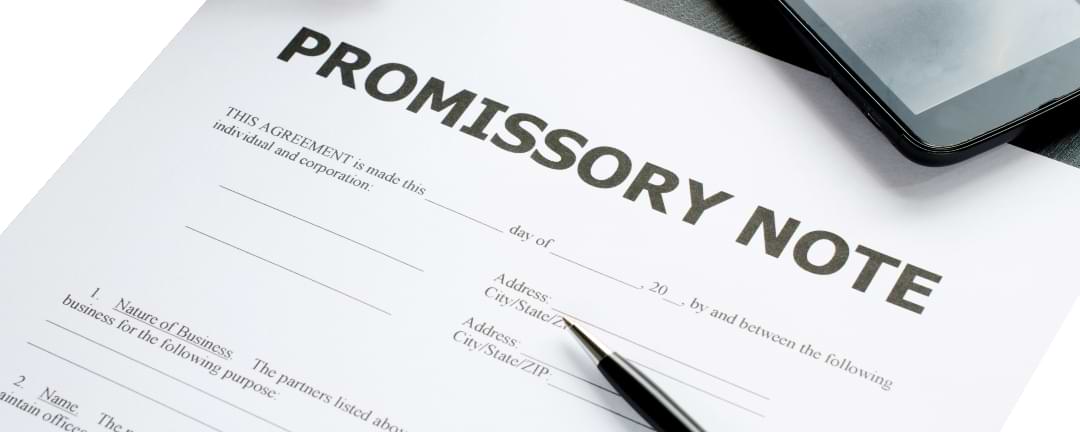![Seller Carry-Back Financing [John Lemon Buys Houses]](https://webuyhousessanfernandovalley.com/wp-content/uploads/2023/02/sell-houses-fast-seller-carry-back-financing-dp-1.jpg)
What is Seller Carry-Back Financing?
Seller carry-back financing is also called owner financing or seller financing.
Seller carry-back financing is frequently offered as a way to sell a home. It can be essential in getting the deal done, particularly when conventional banks and lenders won’t provide the financing.
Seller Increases the Buyer’s Down Payment
If a borrower is short on their down payment, for instance, they only have 5% saved. Still, the lender requires 10%. They can get an additional 5% from the home seller, making it possible for them to qualify for the mortgage.
By providing seller carry-back financing, you can attract more buyers who may not qualify for conventional loans. This increases your pool of qualified buyers and makes it more likely for your home to sell.
Seller Pays a Part of the Buyer’s Costs
In a buyer’s market, home sellers frequently offer enticing concessions to buyers. These include seller-paid closing costs and seller carry-back financing.
Seller Acts as a Lender
Seller carry-back financing is when a seller acts as the lender and provides a second mortgage on the property. The buyer pays down this second mortgage along with their first mortgage every month.
Advantages of Seller Carry-Back Financing
Increase the Chances of a Quick Sale
Not only can seller carry-back financing make your home more appealing to buyers, but it can increase the chance of a sale and even boost the sales price.
Earn Money on Your Loan
Another advantage of seller carry-back financing is the interest you can earn monthly on the loan. This is a significant benefit compared to a direct cash sale.
Seller Carry-Back as an Investment
Seller carry-back financing can be a wise investment and a valuable way to help the sale of your home. Especially if you trust the buyer to make timely mortgage payments and believe in the value of your home.
In challenging economic times, seller carry-back financing can make or break the sale of your home. Sellers shop for the best terms, mainly when conventional lenders provide less than 100% mortgage financing.
How Seller Carry-Back Financing Works
The mortgage rate for seller carry-back financing is typically negotiated between the buyer and seller. It is based on the buyer’s credit profile and the amount of the down payment.
A seller carry-back financing agreement is very flexible. It can be tailored to meet the buyer and seller’s needs. This agreement’s terms depend on the negotiations between the two parties. They can vary depending on what they agree upon.
Usually, a homebuyer secures an 80% first mortgage with a large bank or mortgage lender, contributing 10% as a down payment. The remaining 10% is financed by the seller through a seller carry-back financing agreement.
Sometimes, the seller carry-back financing agreement may cover only 5% of the property’s sale price. This financing arrangement can cover up to 20% of the property’s asking price.
Seller Carry-Back Financing Restrictions
Be aware of potential seller financing restrictions when considering this financing option. These restrictions can be put in place by either the mortgage lender or the seller, which can complicate the sale.
Before considering seller financing, confirm the mortgage lender allows this type of financing. If allowed, the seller will likely agree to this financing arrangement.
How Does Seller Carry-Back Financing Work with Mortage Lenders?
Seller financing may not be an option with all mortgage lenders. Even if permitted, there can be additional limitations and restrictions in place that can complicate the process.
Q It’s worth remembering that many home loan lenders do not permit seller carry-back financing.
Speak with the mortgage broker or loan officer handling your deal beforehand to ensure it is an option.
Mortgage lenders may also limit the type of financing permitted and put a cap on the interest rate to ensure that it is not considered predatory. This is why having an open conversation with the mortgage broker or loan officer handling your deal is crucial.
How Does Seller Carry-Back Financing Work with Freddie Mac?
Freddie Mac, a mortgage financier, has a rule that if the financing is provided by the seller. If the interest rate is more than 2% below the market rate for second mortgages, Freddie Mac will be considered a sales concession and deducted from the sales price.

Seller Carry-Back Financing Example
The house is for sale for $1,000,000. The lender will finance $750,000 on the property at 6.5% interest, and the buyer has a $150,000 down payment.
The seller creates a seller carry-back note for the additional $100,000 for the buyer to close the sale.
The seller agrees to carry the $100,000 5-year note with 4% interest with a balloon payment.
Buyer’s Costs
1st Mortgage Payment: $4,741/month
Seller Carry Payment: $477/month
Property Tax: $2,083/month
Insurance: $230/month
Utilities: $360/mo.
Buyer Total Cost: $7,891/month
How Do I Create a Seller Carry-Back Note?
Negotiate the key terms of the loan (duration, interest rate, amount) with the seller.
Most Escrow companies will put together the Seller Carry-Back Loan package for a direct home sale.
They will write both a Promissary Note, and First or Second Trust Deed. The Promissary Note is not recorded. The Trust Deed is recorded.
Pricing Varies from escrow company to escrow company but they usually charge around $900 to draft it and an additional $200-$400 to record it.
Want to Sell Your House Fast for a Fair Price?
As you move forward with our offer, your dedicated John Lemon Buys Houses Team Member works with you to keep it simple. We close when you’re ready, and you get the guaranteed results you deserve.



